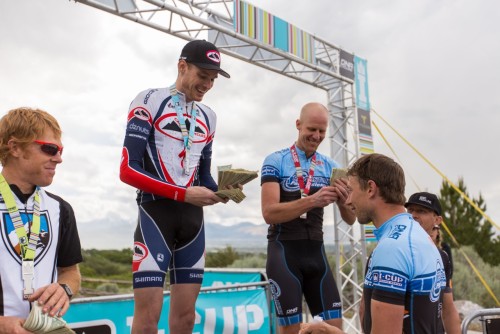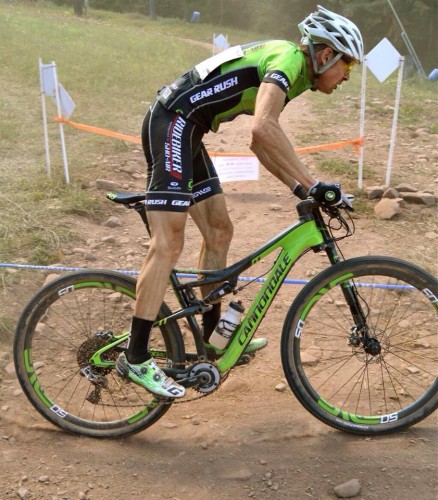Question: After having a couple months off from structured training, I now am starting to get back at it. My season starts in April with mostly XC races and some endurance races later in the year. What should my first few weeks back to training look like? I’m a 35-year-old Cat 1/Open racer.
Answer: Now that the holidays are upon us we start to feel the urge to get back on the bike and back into a training routine. The rest has been great but now it is time to start working towards the spring riding season. After a month or so of no training, you can slowly start back into a very casual routine of riding. By this I mean you should try and ride your bike 1-2 hours a day, maybe 4 days a week. No structure at this point. I’d keep the intensity low and the cadence between 90-100rpms. You can ride on the flats or the hills. If the HR goes up that’s fine but you don’t need to intentionally make the rides hard. However, if your friends are doing a big hard mountain bike ride on the weekend you can definitely go with them. Again the goal is to have fun and not feel like you’re “training” just yet. The goal of this month is to spend time on the bike. I would also start a strength training program, lifting 2-3 days a week. You can still throw in hikes and trail runs 1-2 times a week if you’d like. Anything aerobic is good.
After a month of getting reacquainted with your bike it is now time to get more serious about riding. This next month should be all about endurance training or increasing your aerobic capacity. This enlarges the heart, increases stroke volume and blood flow, and increases the capacity of your muscular system; all necessary to be a successful cross country racer. Lots of rides at your recovery, endurance, and low tempo zones are great. I would recommend riding 4-5 days a week with two of those days being structured workouts. You can do a mix of 5-20 minute tempo intervals, muscle tension (same as tempo intervals but at 60rpms) and longer weekend rides with some intensity thrown in.

A focused plan now can help you get where you want to be this summer. Podium spots come with stacks of cash at the Intermountain Cup. Photo by Angie Harker
By late January/early February you will be ready to start your “Meat and potato” training. This is the foundation for any higher end intensity you need for racing. The next 6-8 weeks should be spent developing your power at threshold; lots of sweet spot (steady state) and lactate threshold intervals. Painful and mentally exhausting but also the biggest bang for your buck. These intervals will do more to improve your racing than anything else. Spend a lot of time on these and do them well.
March and April are the months to focus on high end aerobic and anaerobic power. Race pace intervals and race simulation workouts are a great way to get ready for your first race. But only if you’ve done your homework over the winter. If your foundation isn’t rock solid, all the fancy stuff you build on top of it will cause everything to just crumble into the basement.
The off-season is one of the most important times of the year for cyclists. It gives us a chance to rest and recover from the long season. It is also when you will build the foundation that determines how successful you’ll be next season. The biggest thing to remember is patience. Don’t rush back into training too fast and give yourself ample time to get ready for the race season. Enjoy the process. Remember, “The will to win means nothing without the will to prepare.”
Happy trails!
Alison
Alison competed in two Olympic Games, won the UCI Mountain Bike World Championships, the UCI World Cup Overall, and is the holder of thirteen US National Championships in road, MTB, and cyclocross. Since retiring in 2005 Alison has been working full-time coaching cyclists and running skills camps and clinics. She is a USA Cycling Level I coach, a certified Professional Mountain Bike Instructor out of Whistler, BC, a Wilderness First Responder, and a very proud mom to her 5-yr-old son, Emmett. Alison is a Colorado native and lives in Colorado Springs with her family. For more information please visit www.alisondunlap.com





